Orders, decorations and medals
The collection of orders, decorations and medals cogently documents the central position of the dukes of Saxe-Coburg and Gotha among the European princely houses of the 19th century. As the heads of the dynasty, they received orders of merit in the highest respective classes from almost every European state. Most of these items were awarded to Dukes Ernst I, Ernst II and Alfred of Saxe-Coburg and Gotha.

The Saxe-Ernestine House Order was founded in 1833 by the dukes of Saxe-Coburg and Gotha, Saxe-Altenburg, and Saxe-Meiningen and Hildburghausen. The medallion on the star shows the Saxon crancelin encircled by the motto “Faithful and Steadfast”.
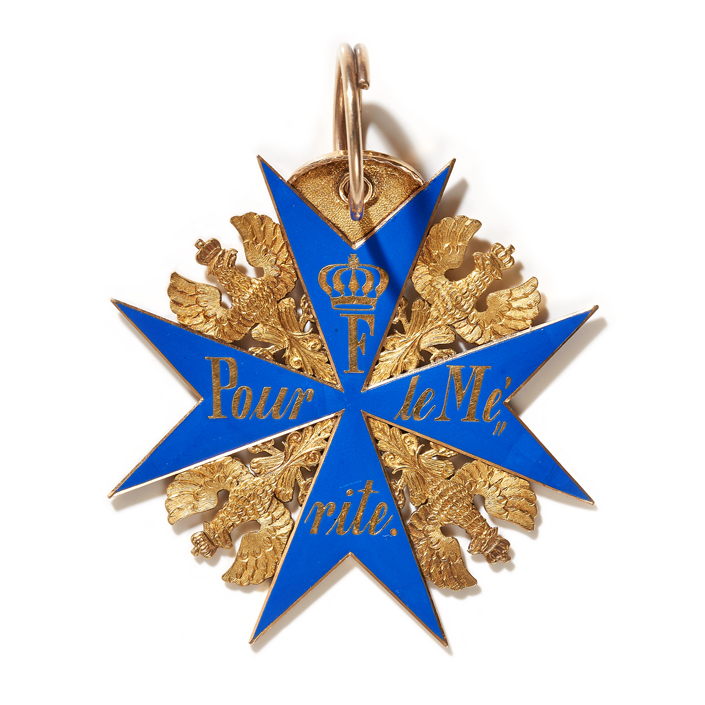
Ruling princes like Duke Ernst II received numerous orders of merit solely on the grounds of their special social position. However, he was decorated with the Order Pour le Mérite (“for Merit”), founded in 1740 by King Frederick II of Prussia, on 11 September 1849 for his participation in the Battle of Eckernförde on 5 April that year.

The Baden Order of Fidelity was founded in 1715, but only elevated to the status of House Order in 1840. On 3 May 1842, Ernst II, then still heir to the throne, married Princess Alexandrine of Baden in Karlsruhe, thereby becoming closely allied with that dynasty. However, with the additional blue riband of the Order of the Garter this star is a special design that Ernst II had made by the Dresden court jeweller Moritz Elimeyer.

Orders of the type seen in Europe were not customary in the Ottoman Empire before the 19th century, and so the Order of Medjidie is based on western models. It was used to reward distinguished service to the empire, but was also awarded to princes. The central medallion shows the tughra, the calligraphic cipher of the founder, Sultan Abdul-Medjid I, surrounded by the motto of the order, “Zeal, Devotion, Loyalty” and its year of foundation, 1852.
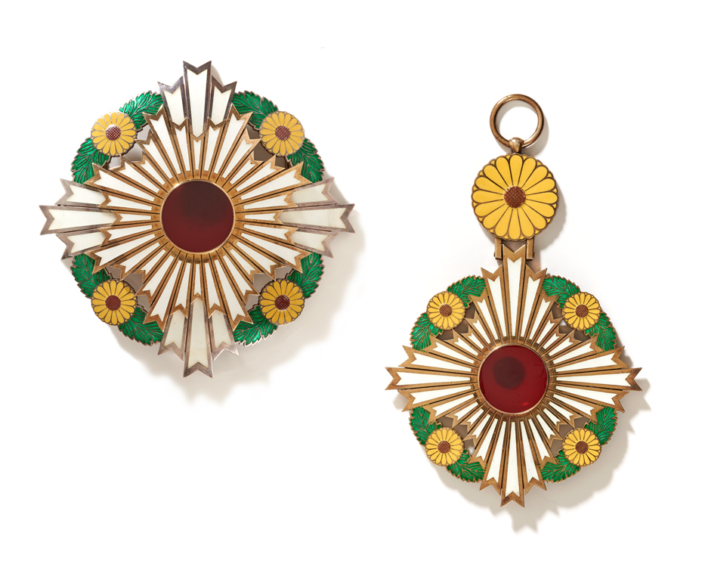
The Order of the Chrysanthemum was founded in 1876 by Emperor Meiji. The order is the highest Japanese distinction and is also awarded to foreign heads of state, as it was to Duke Ernst II in 1883. The red central medallion with its encircling crown of rays symbolises the rising sun, around which four chrysanthemum flowers are arranged.
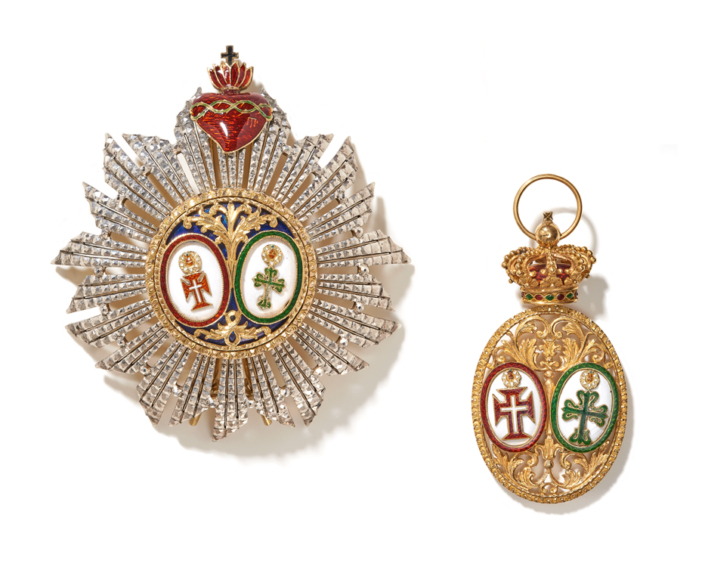
The combination of the Order of Christ and the Military Order of Saint Benedict of Aviz was initially reserved for princes of the Portuguese royal family. Between 1823 and 1910, it was also awarded to members of foreign ruling houses. Following the marriage of Maria of Braganza with Ferdinand of Saxe-Coburg-Koháry in 1836, the Dinastia Saxe-Coburgo-Gota also reigned in Lisbon. Duke Ernst II was decorated with it on 13 May 1885.
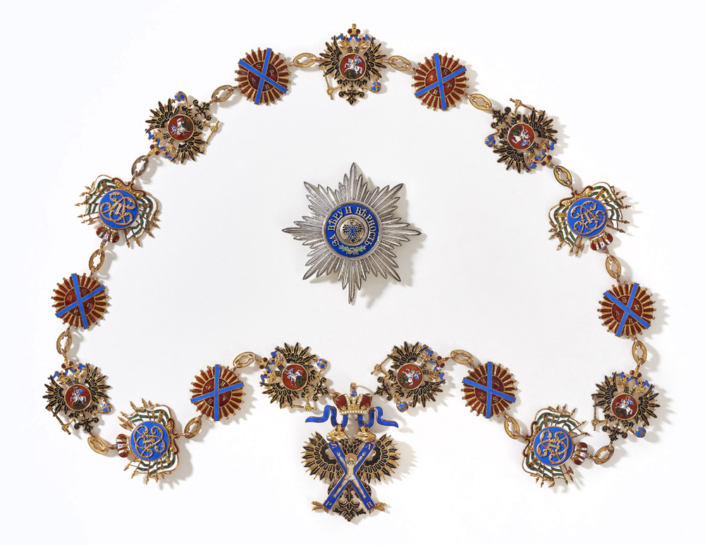
The “Order of St. Andrew the Apostle the First-Called” was founded in 1698 by Czar Peter I as the highest Russian decoration and the house order of the Romanov dynasty. In 1796, Juliane of Saxe-Coburg-Saalfeld married the brother of the future Czar Alexander I, thus beginning the international rise of the Coburg dynasty.
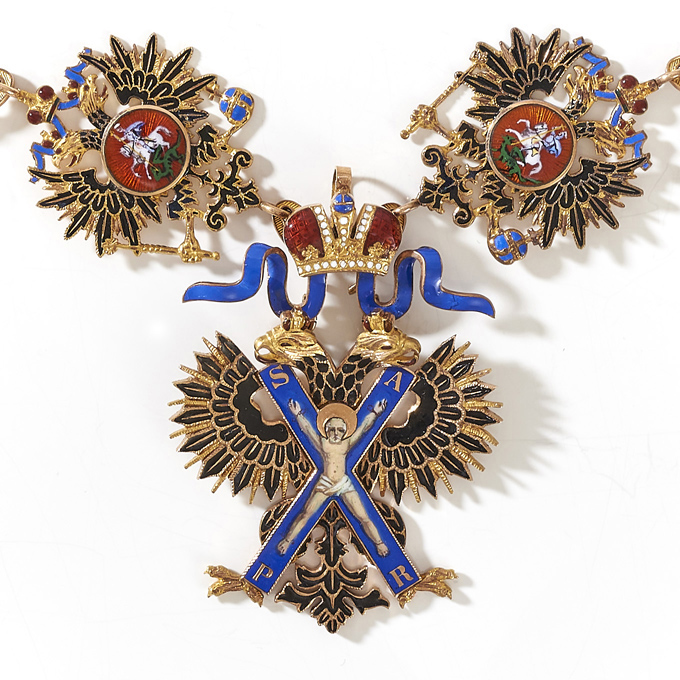
The badge of the order, worn on the collar, shows the crucified apostle Andrew over the crowned, double-headed eagle of the Russian coat of arms. The order was awarded to all the dukes of Saxe-Coburg and Gotha, and so today a total of three versions are preserved in the collection.
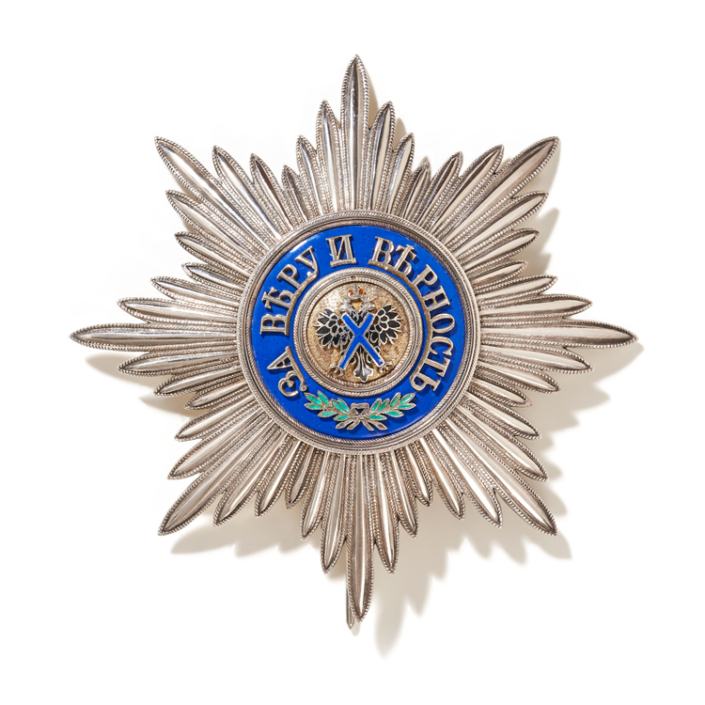
On the star, the same motif as on the badge is encircled by the motto of the order, “For Loyalty and Faith”. With the fall of the Russian Empire, the Order of St. Andrew ceased to exist as a state decoration, but it has again been awarded as the highest Russian order since 1998.

